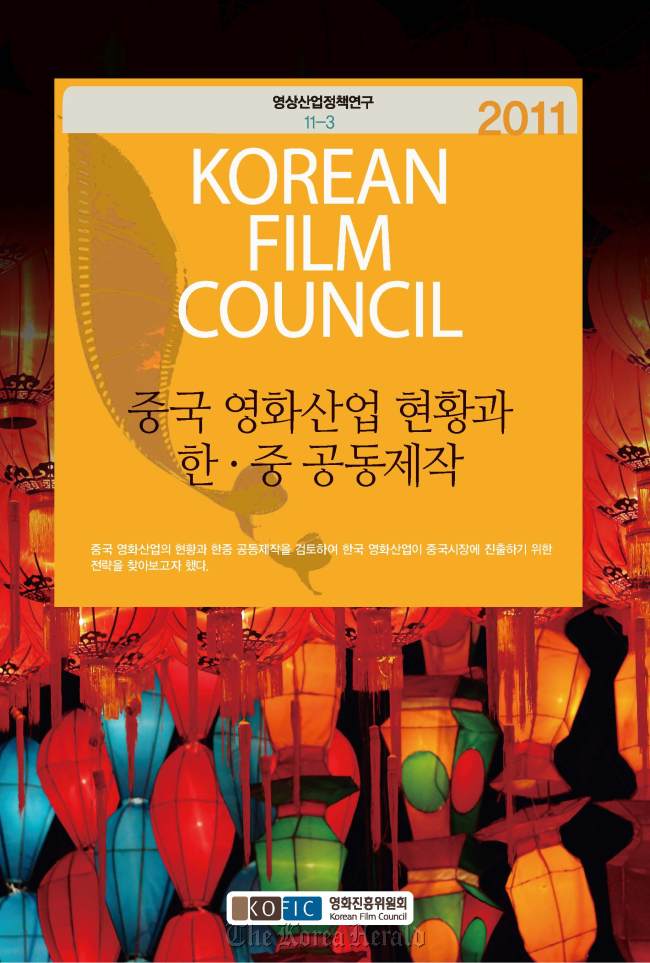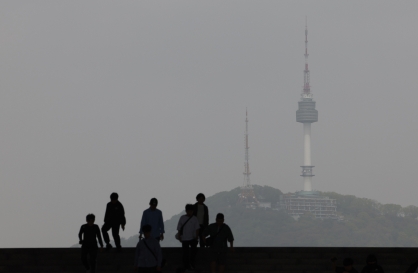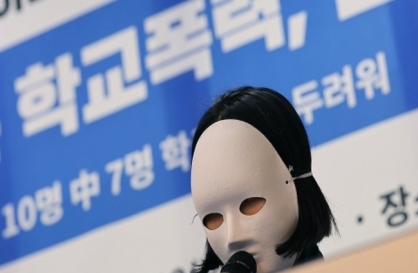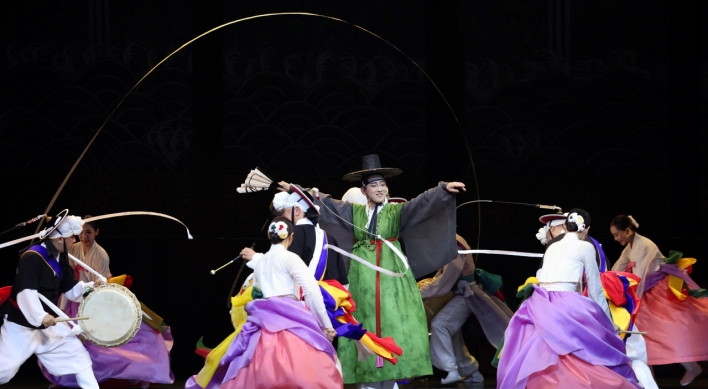KOFIC’s new book explores Korea’s foray into Chinese movie market
While K-pop and Korean TV shows have been exerting a significant influence in Asia’s entertainment industry in the last decade, Korean cinema has been often excluded from the so-called “hallyu glory.”
One of the major reasons behind the phenomenon is the ever-booming movie industry of neighboring country China. In 2010, China became the world’s third-largest maker of movies after the U.S. and India. It rolled out 558 feature-length commercial films last year, generating 2.4 trillion won ($ 2.1 billion) in revenue. The Chinese film industry has become something that Korean cinema cannot avoid in its efforts to carve its niche in the international market.
In an effort to break into China’s film market -- as well as to launch more Korean-Chinese joint movie projects, -- the Korean Film Council recently published a book titled “The Current Status of Chinese Cinema and Korean-Chinese Film Co-productions.”
The state-run film institute has been actively involved in promoting Korean cinema in China for the past few years. In April, it opened its film business center in Beijing, where Korean and Beijing-based producers, writers and directors can work on their joint film projects. The institute has been investing in Korean-Chinese joint productions, as they are relatively easier to distribute in China compared to exclusively Korean-made films.
While K-pop and Korean TV shows have been exerting a significant influence in Asia’s entertainment industry in the last decade, Korean cinema has been often excluded from the so-called “hallyu glory.”
One of the major reasons behind the phenomenon is the ever-booming movie industry of neighboring country China. In 2010, China became the world’s third-largest maker of movies after the U.S. and India. It rolled out 558 feature-length commercial films last year, generating 2.4 trillion won ($ 2.1 billion) in revenue. The Chinese film industry has become something that Korean cinema cannot avoid in its efforts to carve its niche in the international market.
In an effort to break into China’s film market -- as well as to launch more Korean-Chinese joint movie projects, -- the Korean Film Council recently published a book titled “The Current Status of Chinese Cinema and Korean-Chinese Film Co-productions.”
The state-run film institute has been actively involved in promoting Korean cinema in China for the past few years. In April, it opened its film business center in Beijing, where Korean and Beijing-based producers, writers and directors can work on their joint film projects. The institute has been investing in Korean-Chinese joint productions, as they are relatively easier to distribute in China compared to exclusively Korean-made films.


“When it comes to researching the current movie industry in China, it is very important to learn about the state’s censorship and policies on cultural content first,” said Kim Soo-hyun, one of the book’s authors.
“China is a communist country, and the way its market is developing is heavily influenced by the state and its policies.”
Because of the state censorship of various subject matters, including violence, religion, history and sexual content, the film industry in China has been mostly rolling out movies that can be enjoyed by all age groups. According to the book, China currently does not have a ratings system, and every movie is legally obligated to be what is equivalent to the PG-rating in the U.S. As a result, the Chinese moviegoers have formed a strong taste for light blockbusters or 3-D movies.
Such taste of the Chinese audience is also evident in the box office performance of Korean movies released in the country. The Korean movie that drew the most number of viewers in China is comedian-turned-director Shim Hyung-rae’s 2007 fantasy action “D-War.” Following “D-War” is director Kim Ji-hun’s 2011 3-D disaster flick “Sector 7.” Although the two films were box-office successes in China, in Korea both were severely criticized for their lack of substance.
According to the book, a total 29 Korean-Chinese movies have been produced since 2000, including Hur Jin-ho’s 2009 romance “A Good Rain Knows” and Kim Ji-woon’s 2008 drama “The Good, the Bad, the Weird.” The book reveals that a 2011 incident involving the killing of a Korean coast guard by a Chinese fisherman in Korean waters triggered an anti-Korean sentiment in China and possibly led the Chinese authorities not to screen Korean films in the country. The last Korean movie that was released in China was “Sector 7” (2011).
By Claire Lee (dyc@heraldcorp.com)




![[AtoZ Korean Mind] Does your job define who you are? Should it?](http://res.heraldm.com/phpwas/restmb_idxmake.php?idx=644&simg=/content/image/2024/05/06/20240506050099_0.jpg&u=)













